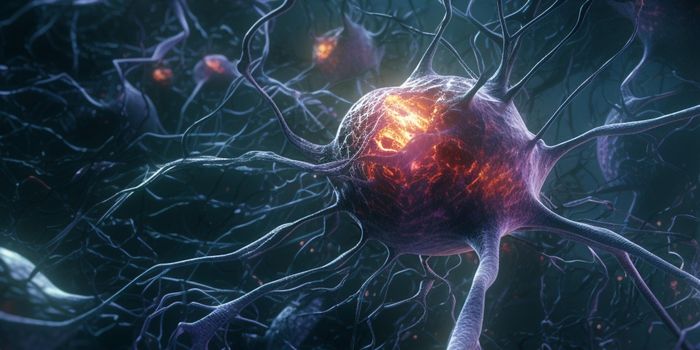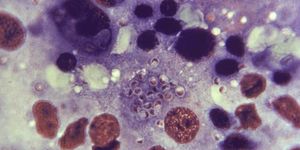Targeting Proteins Linked to Huntington's & ALS With a New Gene Editing Tool
The CRISPR gene editing tool is often used with an enzyme called Cas9, which targets and cuts genomic DNA. While this technology has led to many breakthroughs in the research lab, its use in the clinic is still limited. Enzymes that cut genomic DNA could have significant, lasting impacts, so they have to be applied carefully. Since many diseases can be traced back to errors in the genome, there is still great potential for genome-editing techniques to improve human health. But targeting messenger RNA, the intermediary between genes and the proteins that carry out their message and function, could offer a great alternative to editing DNA.
The Cas13 enzyme targets RNA, and researchers have paired it with CRISPR technology so it will specifically target certain RNA molecules of interest. In new research, scientists used this approach to target mutant proteins that are associated with the neurodegenerative diseases ALS and Huntington's disease. By cutting the RNA that encodes for the mutant protein, the researchers were able to silence the disease-causing genes without interfering with the genome. The work has been reported in Science Advances.
In this work, the researchers applied CRISPR-Cas13 to the central nervous system of mice that modeled either ALS or Huntington's disease. For ALS, a mutant version of a protein called SOD1 is expressed in the mouse model, and for Huntington's, the mice carry the mutant huntingtin gene. Viral vectors were used to deliver the RNA-editing molecules into cells; these vectors can get into cells but in theory, do not cause harm. The viral vectors used in this study are able to get into cells in the brains and spinal cords of mice.
The scientists determined that the levels of mutant SOD1 and huntingtin were reduced in the brains of both mouse models. The reduction in mutant SOD1 was associated with improvement in disease symptoms; the grip strength and motor skills improved, the disease progressed more slowly, and survival was improved in mice that received CRISPR-Cas13 compared to the untreated model.
While the scientists have shown that this approach could work, additional research will be needed to investigate the Cas13 enzyme thoroughly and ensure it's safe to use and is not having unintended effects.
"In our experiments, Cas13 was generally as specific as the more established gene-silencing modalities that we tested alongside of it," noted study leader Thomas Gaj, a professor of bioengineering at the University of Illinois.
"But determining exactly how specific, and thus how safe Cas13 is in human cells remains a critical question for the field." The researchers are excited about the technology, but it's still in its infancy. We need to know how it might impact with RNA that is not being targeted, added Gaj.
Sources: University of Illinois Urbana-Champaign, Science Advances









